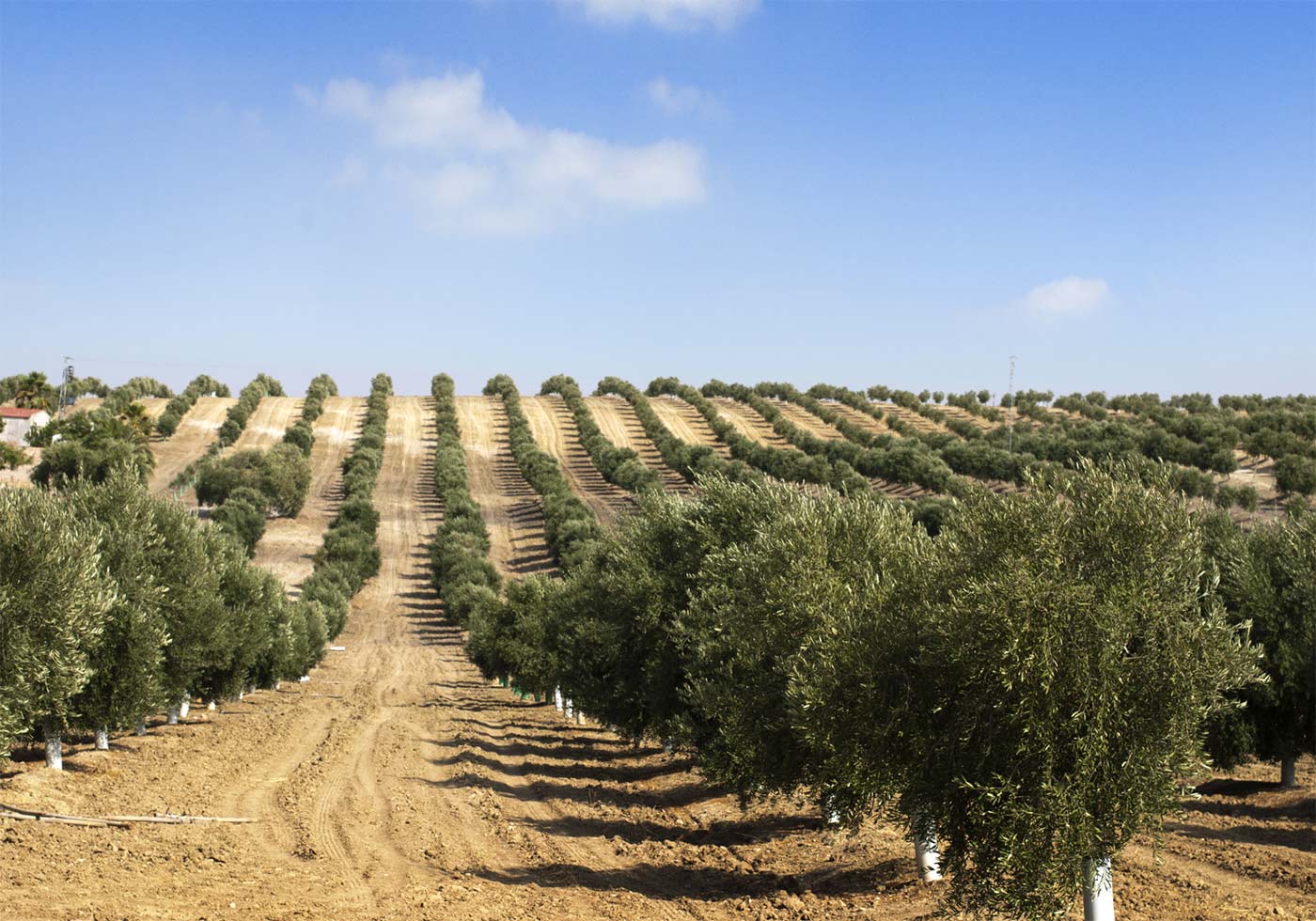
How to make olive oil
Making olive oil is an ancient process that has been perfected over millennia. Although modern technology has streamlined the production process, the basic principles remain the same. This guide will walk you through the steps of making olive oil, from harvesting the olives to bottling the final product.
Step 1: Harvesting the Olives
Timing: Olives should be harvested when they are at their optimal ripeness, usually between October and December. The exact timing depends on the variety of olives and the desired flavor profile.
Methods:
- Hand Picking: This traditional method ensures minimal damage to the olives but is labor-intensive.
- Mechanical Shakers: Machines shake the branches to dislodge the olives, which fall onto nets or collection systems.
Step 2: Cleaning the Olives
Once harvested, the olives must be cleaned to remove leaves, twigs, and other debris.
Methods:
- Washing: Olives are washed with water to remove dirt and contaminants.
- De-Leafer: A machine that blows air to separate leaves and twigs from the olives.
Step 3: Crushing the Olives
The cleaned olives are then crushed to break down the flesh and release the oil.
Methods:
- Traditional Millstones: Large stone wheels that crush the olives into a paste.
- Hammer Mills: Modern machines that crush olives more quickly and efficiently.
Step 4: Malaxing the Paste
Malaxing is the process of slowly mixing the olive paste to allow the oil droplets to combine and form larger droplets.
Details:
- Temperature: The paste is typically kept at a temperature below 27°C (80°F) to ensure it qualifies as cold-pressed extra virgin olive oil.
- Duration: The malaxing process usually takes 20-40 minutes.
Step 5: Extracting the Oil
The next step is to separate the oil from the water and solids in the olive paste.
Methods:
- Traditional Pressing: The paste is spread on mats, which are stacked and pressed to extract the oil. This method is less common today.
- Modern Centrifugation: The paste is spun at high speeds to separate the oil from the water and solids. This method is more efficient and widely used.
Step 6: Separating the Oil
After extraction, the oil still contains some water and small particles. It needs to be further separated.
Methods:
- Vertical Centrifugation: Further spins the oil to remove any remaining water and particles.
- Decanting: The oil is allowed to settle so that impurities can sink to the bottom and be removed.
Step 7: Storing the Oil
Proper storage is essential to maintain the quality and flavor of the olive oil.
Methods:
- Containers: Store the oil in stainless steel tanks or dark glass bottles to protect it from light and air.
- Conditions: Keep the oil in a cool, dark place at a consistent temperature, ideally between 14-18°C (57-64°F).
Step 8: Bottling the Oil
The final step is to bottle the olive oil for distribution and use.
Details:
- Bottles: Use dark glass bottles to protect the oil from light. Ensure bottles are clean and dry before filling.
- Sealing: Seal the bottles with airtight caps to prevent oxidation.
Tips for Making High-Quality Olive Oil
- Select the Right Olives: Choose olives that are healthy and free from disease. The variety and ripeness of the olives will influence the flavor and quality of the oil.
- Minimize Time Between Harvest and Processing: Process the olives as quickly as possible after harvesting to prevent fermentation and spoilage.
- Maintain Clean Equipment: Clean all equipment thoroughly to avoid contamination that could affect the flavor and quality of the oil.
- Monitor Temperature: Keep the temperature low during the malaxing and extraction processes to preserve the oil’s quality and flavor.
Conclusion
Making olive oil is a meticulous process that combines traditional methods with modern technology. By following these steps and paying close attention to detail, you can produce high-quality olive oil with exceptional flavor and nutritional benefits. Whether you are a small-scale producer or a home enthusiast, understanding the process of making olive oil will help you appreciate this ancient and valuable product even more.
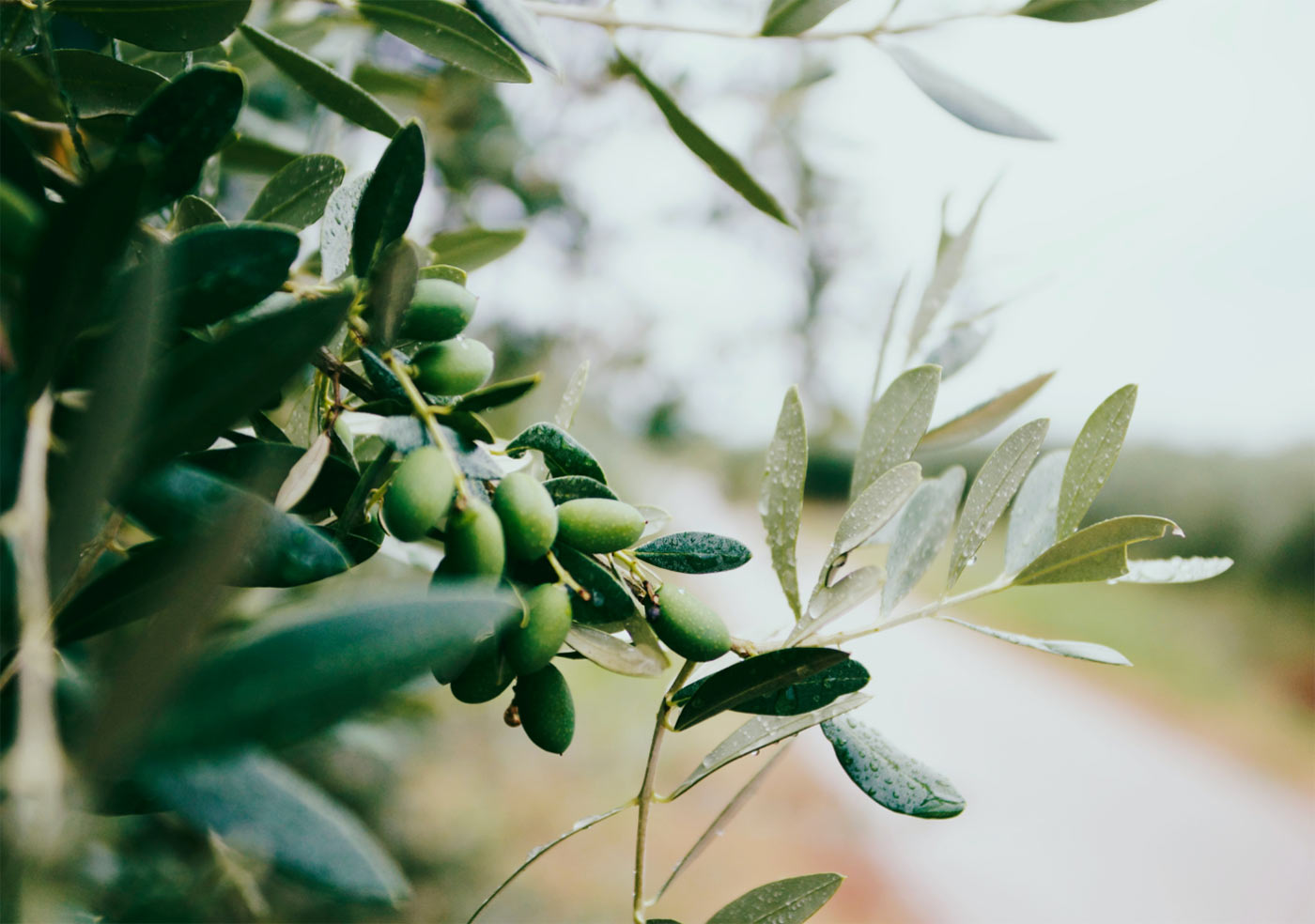
"Olive Oil Field Norway"
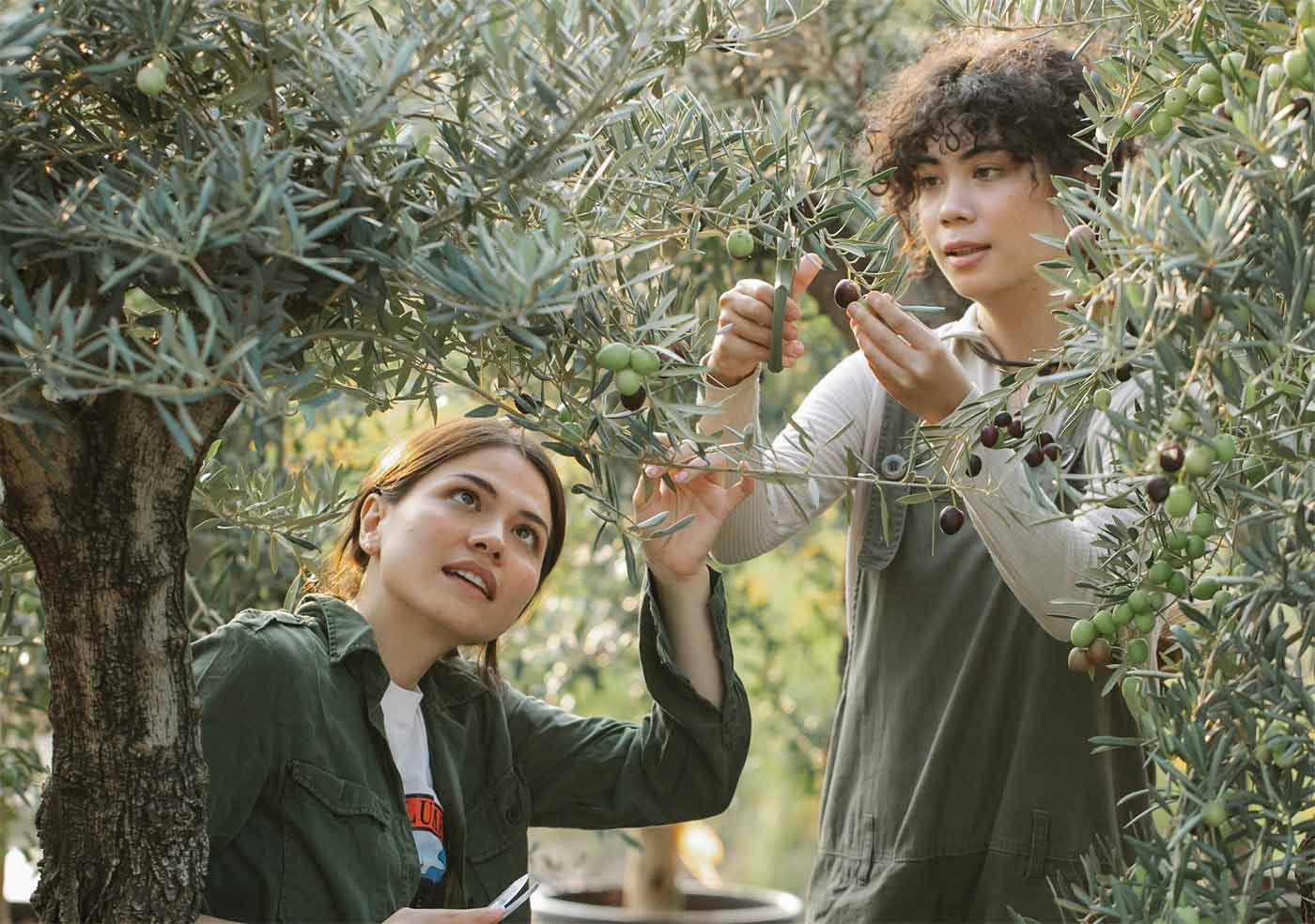
"Olive Oil Field Finland"
“The team is part farmer, part archaeologist, always full of enthusiasm to inspire emotions through fragrances and flavors.”
Related Posts
Cooking with olive oil
Lorem ipsum dolor sit amet, consectetur adipiscing elit. Nunc quis risus mi. Ut placerat quam lectus
Best olives for oil
Lorem ipsum dolor sit amet, consectetur adipiscing elit. Nunc quis risus mi. Ut placerat quam lectus

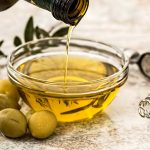
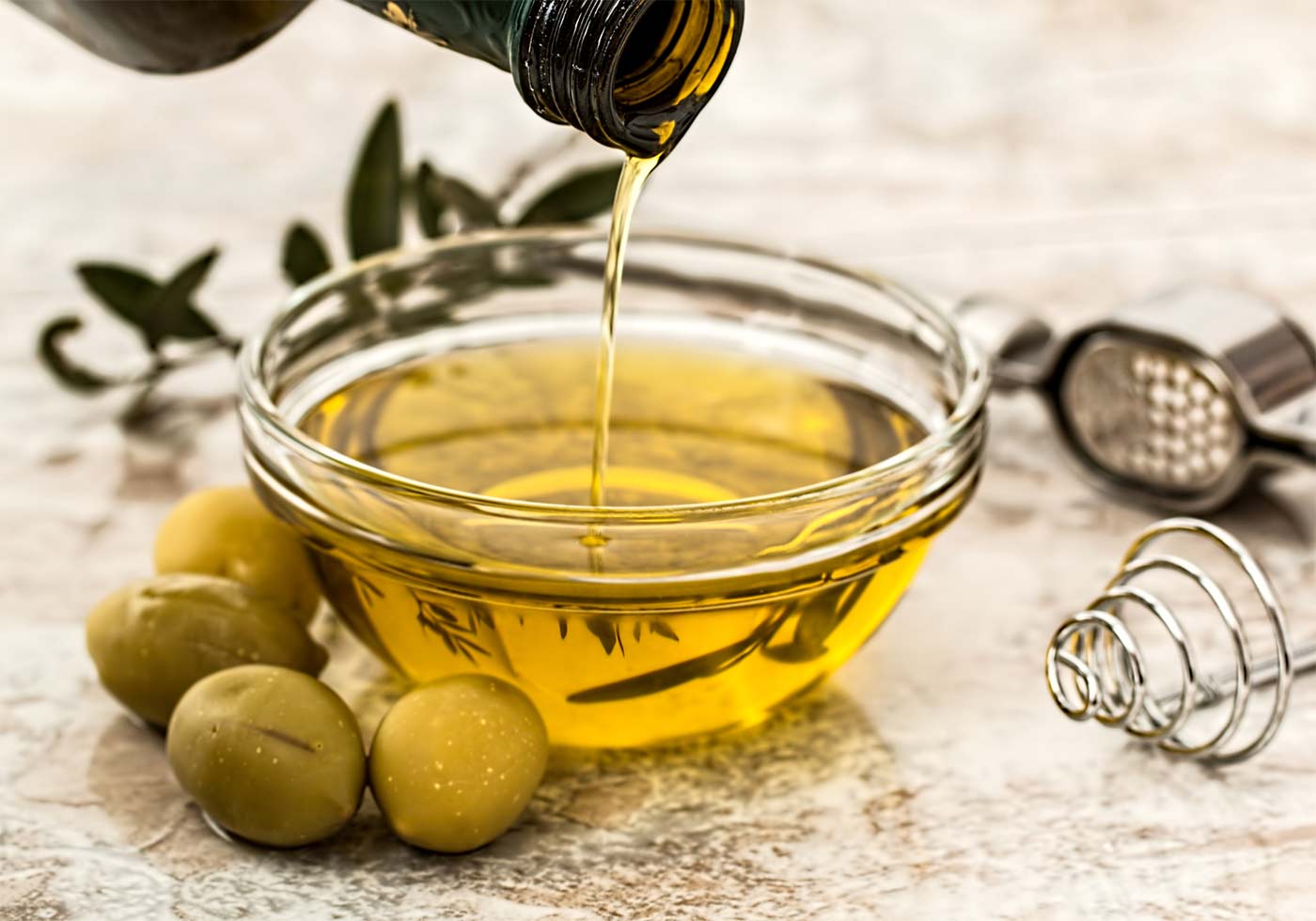

Leave a Reply